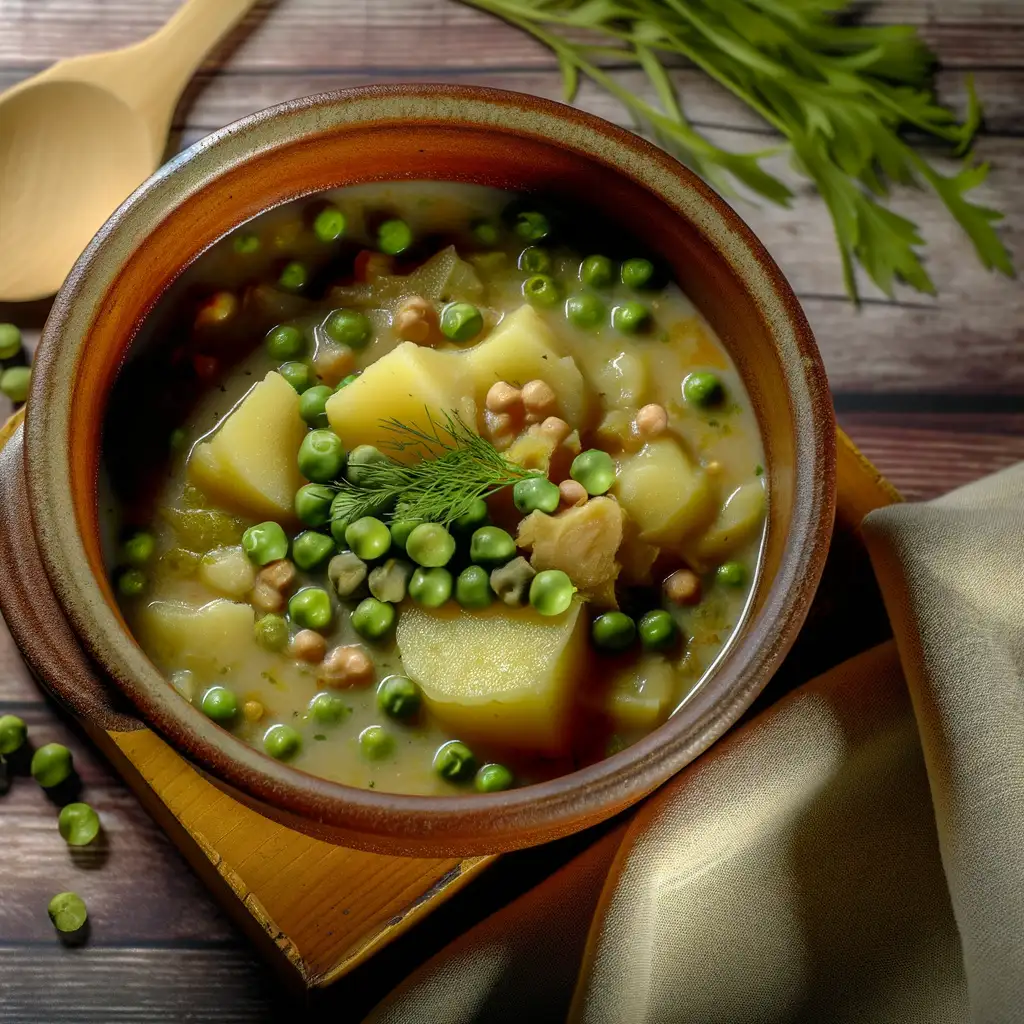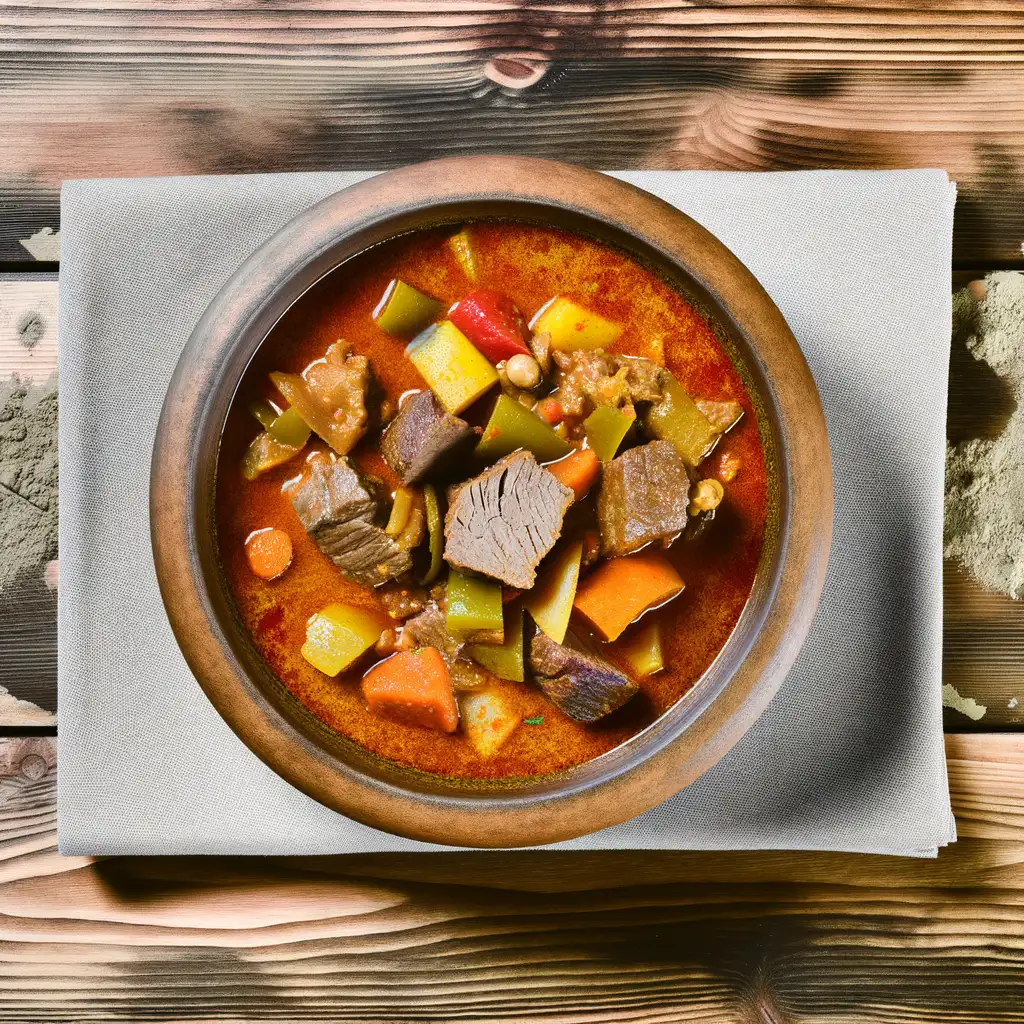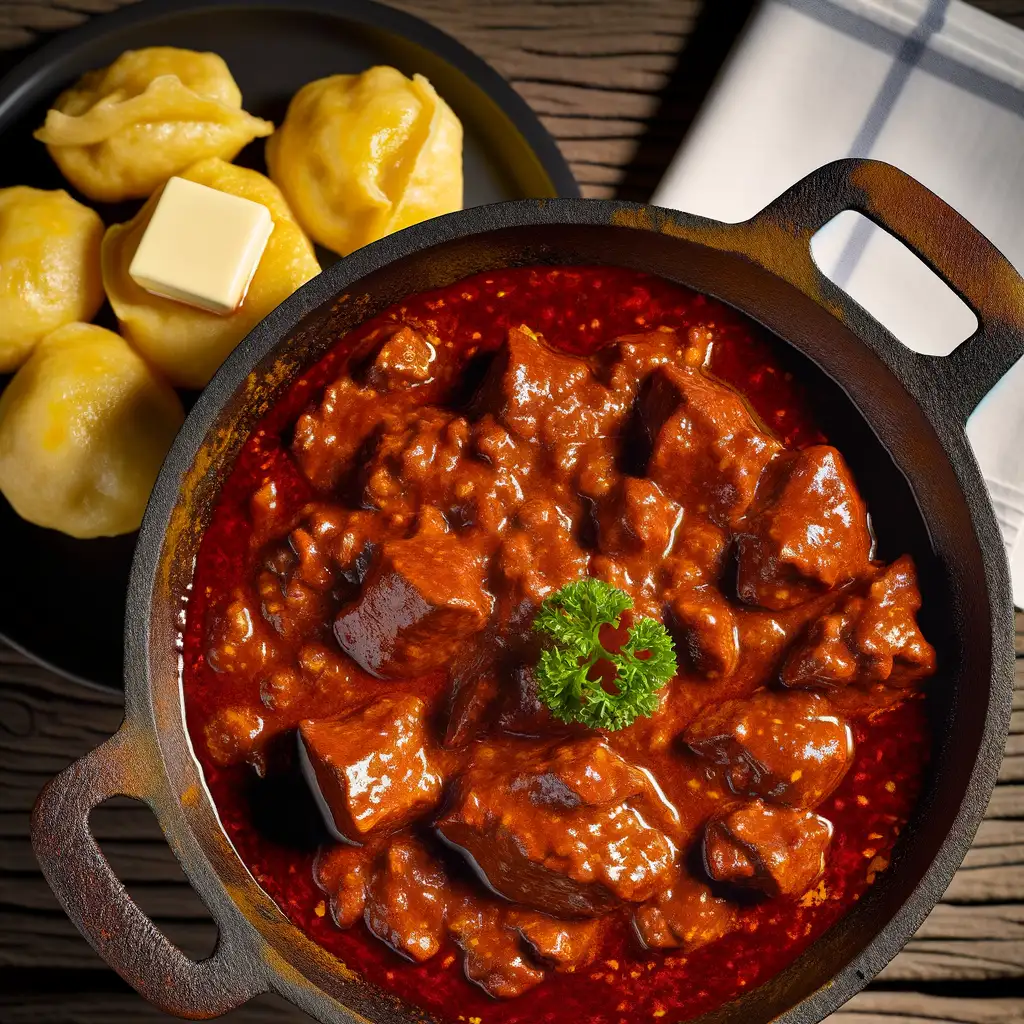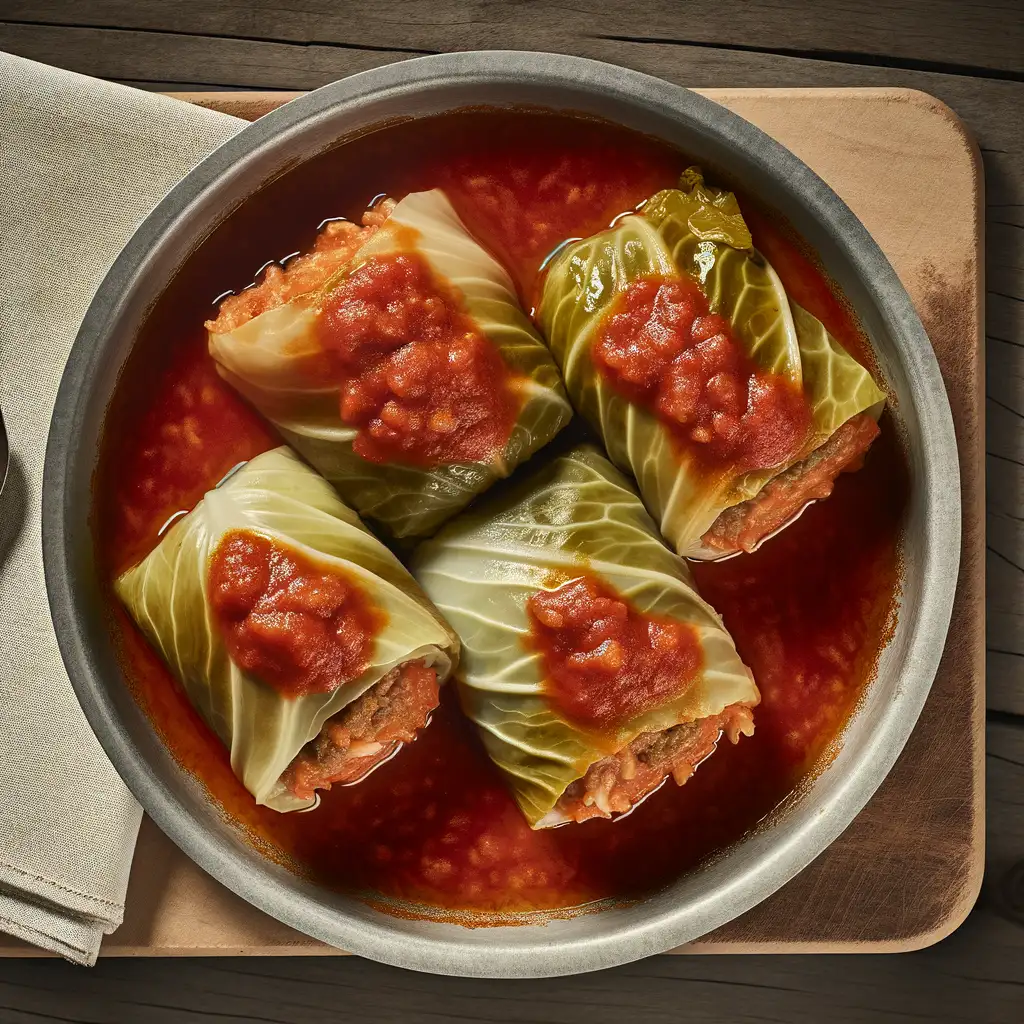



If you ever find yourself craving a blend of relaxation and a touch of old-world charm,Sárvár in Hungary is a place that quietly steals your heart. The moment you stroll through its streets,there’s this gentle hum of calm—like the town itself is breathing easy. You’ll notice the soft rustle of leaves in the park,the distant laughter from a café terrace,and the subtle scent of fresh pastries mingling with the earthy aroma from the nearby forests. It’s a place where time seems to slow down just enough for you to savor the little things. Sárvár’s character is deeply tied to its thermal baths,which locals and visitors alike swear by. Imagine sinking into warm,mineral-rich waters that soothe your muscles while you watch the sun dip behind the castle walls. Speaking of the castle,it’s not just a pretty backdrop—it’s a living piece of history,with its Renaissance architecture inviting you to wander through quiet courtyards and imagine centuries past. The town’s streets are lined with cozy cafés and family-run restaurants where you can taste authentic Hungarian dishes—think hearty goulash,fresh bread,and sweet,flaky pastries that melt in your mouth. What makes Sárvár truly special is its balance:a peaceful retreat with enough cultural heartbeat to keep you curious. Whether you’re cycling along the river,exploring the local markets,or simply sitting with a coffee watching the world go by,there’s a warmth here that feels like a gentle invitation to slow down and soak it all in.
The information on this page is currently being reviewed by Tripkliq and should be used as a guide only
Eng word: Hello
Eng pronunciation: See-ya
Local language: Szia
Eng word: Goodbye
Eng pronunciation: Vees-laht
Local language: Viszlát
Eng word: Thank you
Eng pronunciation: Kuh-suh-nuhm
Local language: Köszönöm
Eng word: How much
Eng pronunciation: Men-yee-beh keh-rool
Local language: Mennyibe kerül
Eng word: Toilet
Eng pronunciation: Vay-tsay
Local language: WC
Eng word: Help me
Eng pronunciation: Sheg-eet-sheg
Local language: Segítség
Eng word: Yes
Eng pronunciation: Ee-gen
Local language: Igen
Eng word: No
Eng pronunciation: Nem
Local language: Nem
Eng word: Excuse me
Eng pronunciation: El-ney-zesht
Local language: Elnézést
Sárvár is home to the stunning Nádasdy Castle, a Renaissance-style fortress that dates back to the 16th century. It served as the residence of the influential Nádasdy family and is now a museum showcasing the region's history and art.
Sárvár played a significant role in the spread of Protestantism during the Reformation. The Nádasdy family supported the movement, and the city became a center for printing Protestant literature in the 16th century.
Sárvár is historically significant as the location where the first complete Hungarian translation of the Bible, known as the Vizsoly Bible, was printed in the late 16th century.
Sárvár is renowned for its thermal waters, which have been used for healing and relaxation since the 19th century. The Sárvár Spa and Wellness Center attracts visitors from around the world.
The Sárvár Arboretum, established in the 19th century, is a beautiful botanical garden featuring rare and exotic plant species. It is a peaceful retreat for nature lovers and a testament to the city's commitment to preserving natural beauty.
Sárvár is closely associated with the Nádasdy Hussars, an elite cavalry unit in Hungarian history. The city celebrates this heritage with events and exhibitions honoring the bravery and skill of these soldiers.
Sárvár's charming historical town center features well-preserved architecture, cobblestone streets, and landmarks that reflect the city's rich history and cultural heritage.
Sárvár hosts an annual cultural festival that celebrates the city's history, music, and traditions. Visitors can enjoy concerts, folk dances, and exhibitions that highlight the vibrant local culture.
Ferenc Nádasdy, a prominent Hungarian nobleman and military leader, played a key role in the city's history. His contributions to the arts, education, and military defense are celebrated in Sárvár.
In Sárvár, the most common Power Adaptor is Type C, Type F.



A thick vegetable stew, often made with potatoes, peas, or lentils, served as a side dish or main course.

A traditional Hungarian stew made with beef, vegetables, and paprika, often served with bread.

A meat stew similar to goulash, typically made with beef or pork, seasoned with paprika and served with dumplings or bread.

A deep-fried flatbread, often topped with garlic, sour cream, and cheese, popular as a street food snack.

Savory pancakes filled with meat, typically served with a rich sauce, a popular dish in Hungarian cuisine.


A sweet, spiral-shaped pastry cooked over an open flame, coated in sugar and often flavored with cinnamon or nuts.

Stuffed cabbage rolls filled with a mixture of meat and rice, cooked in a savory tomato sauce.
Budapest feels like stepping into a storybook where history and modern life dance together effortlessly. The moment you stroll along the Danube River,with the majestic Parliament building glowing in the evening light,you sense a city that’s both grand and inviting. There’s a rhythm here—street musicians playing haunting melodies,the clinking of glasses in cozy ruin pubs,and the gentle splash of thermal baths that have been soothing locals for centuries. It’s a place where every corner whispers tales of empires past,yet pulses with youthful energy.
Wandering through the cobbled streets of the Castle District,you catch the scent of fresh pastries mingling with the earthy aroma of old stone walls. The vibrant markets buzz with vendors selling paprika,fresh bread,and sweet chimney cakes,tempting you to taste the rich flavors of Hungarian cuisine. Budapest’s character shines brightest in its contrasts:the elegant Art Nouveau cafés sit side by side with edgy street art,and the grand boulevards lead you to intimate courtyards where locals sip coffee and chat animatedly.
What makes Budapest truly unforgettable is how it wraps you in warmth—whether it’s the steamy embrace of a thermal bath on a chilly day or the friendly chatter in a bustling café. It’s a city that invites you to slow down,savor every moment,and discover stories hidden in its architecture,food,and people. Trust me,once you’ve felt Budapest’s pulse,you’ll carry a piece of it with you long after you leave.
Vienna feels like stepping into a living storybook where every street hums with history and charm. The moment you wander through its grand boulevards,you’re wrapped in a warm embrace of baroque architecture,cozy coffeehouses,and the gentle melodies of street musicians playing waltzes nearby. There’s a rhythm to the city — elegant yet inviting — where the past and present dance together effortlessly.
As you stroll along the Danube or through the lush gardens of Schönbrunn Palace,you catch the scent of freshly baked strudel mingling with the earthy aroma of roasted coffee beans from a nearby café. The city’s café culture is something special; sitting down with a slice of Sachertorte and a strong Viennese coffee feels like a small,delicious ritual. You’ll hear the soft clink of porcelain cups and the murmur of locals deep in conversation,making you feel instantly at home.
Vienna’s character is a blend of refined artistry and genuine warmth. It’s a place where grand opera houses and modern galleries coexist,and where the locals’ pride in their musical heritage is palpable. Whether you’re exploring the vibrant Naschmarkt with its colorful stalls or catching a live performance in a centuries-old concert hall,Vienna invites you to slow down,savor the moment,and soak in its timeless elegance.
Imagine wandering through a city where the old world gently brushes against the new,and every corner hums with a quiet,inviting energy—that’s Zagreb. From the moment you step into its cobbled streets,you’re wrapped in a warm,lived-in charm. The air carries the scent of fresh coffee mingling with blooming linden trees,while the distant chatter from open-air cafés spills into the streets,inviting you to slow down and savor the moment. Zagreb doesn’t shout for attention; it welcomes you like an old friend,with a smile and a story.
The city’s character is a delightful blend of Austro-Hungarian elegance and vibrant Croatian spirit. Strolling through the Upper Town,you’ll catch glimpses of medieval towers and baroque facades,while the Lower Town buzzes with modern life—art galleries,quirky boutiques,and lively markets where you can taste local cheeses,honey,and the unmistakable sweetness of fresh figs. Music often drifts from street performers,adding a soundtrack to your exploration that feels both spontaneous and soulful.
What makes Zagreb truly special is its rhythm—unhurried yet alive. Whether you’re sipping a glass of robust Croatian wine in a cozy tavern or watching the sunset paint the rooftops in shades of gold and rose,there’s a sense of belonging here. It’s a city that invites you to not just see it,but to feel it,to become part of its story,even if just for a little while.
Imagine stepping into a city where every corner feels like a scene from a timeless painting—Venice is exactly that kind of place. The moment you arrive,the gentle lapping of water against ancient stone buildings wraps around you like a soft melody. Instead of streets,there are winding canals,and instead of cars,gondolas glide silently beneath ornate bridges,their oars dipping rhythmically into the emerald water. The air carries a mix of salty sea breeze and the faint aroma of fresh espresso and baked pastries from nearby cafés,inviting you to slow down and savor the moment.
Venice has this magical,almost dreamlike quality. The light here is different—soft and golden in the mornings,casting long shadows on the labyrinth of narrow alleys and colorful facades. You’ll find yourself wandering without a map,getting delightfully lost among the bustling markets,where vendors call out in melodic Italian,selling everything from fresh seafood to vibrant Murano glass. The city’s rich history whispers from every corner,from the grandeur of St. Mark’s Basilica to the quiet charm of tucked-away piazzas where locals sip wine and chat as if time has paused.
What makes Venice truly unforgettable is its rhythm—slow,intimate,and deeply human. It’s a place where you can hear the laughter of children playing by the water,the clinking of glasses in cozy trattorias,and the soft hum of a street musician’s violin. Visiting Venice isn’t just about seeing a city; it’s about feeling its heartbeat,tasting its flavors,and becoming part of its endless story.
If you ever find yourself wandering through Split,it’s like stepping into a living,breathing storybook where ancient history and vibrant modern life dance together effortlessly. The moment you stroll along the Riva promenade,the salty breeze from the Adriatic mingles with the aroma of fresh espresso and grilled seafood wafting from nearby cafés. Locals chat animatedly in the sun-dappled squares,their laughter blending with the distant hum of boats bobbing gently in the harbor. There’s a laid-back energy here that feels both timeless and alive,inviting you to slow down and soak it all in.
Split’s heart beats strongest in Diocletian’s Palace,a sprawling Roman fortress that’s less a museum and more a neighborhood where people live,shop,and gather. Walking through its ancient stone alleys,you’ll catch glimpses of colorful markets,artisan shops,and cozy taverns tucked into centuries-old walls. At night,the city transforms as lanterns flicker on,and the sound of live klapa singing—traditional a cappella harmonies—drifts through the air,wrapping you in a warm,soulful embrace.
What really makes Split unforgettable is how effortlessly it blends the old with the new. You can savor a plate of fresh octopus salad while watching fishermen haul in their catch,then wander to a rooftop bar for a cocktail as the sun sets behind the islands. It’s a place where every corner tells a story,every meal feels like a celebration,and every moment invites you to become part of its ongoing tale.
If you find yourself wandering through Slovenia,Opčina Ljubljana-Bežigrad offers a refreshing slice of everyday life with a quietly vibrant pulse. It’s not the flashy heart of Ljubljana,but that’s exactly what makes it feel so genuine—like stepping into a neighborhood where locals greet each other by name and the rhythm of daily life unfolds at a comfortable pace. As you stroll along its streets,you’ll catch the scent of fresh coffee mingling with the earthy aroma of nearby parks,while the chatter of friendly conversations drifts from cozy cafés and bustling markets.
The architecture here is a charming mix of old and new,with quaint houses standing shoulder to shoulder with modern buildings,reflecting a community that honors its roots while embracing the future. On weekends,the local farmers’ market bursts to life with colorful stalls offering everything from ripe,sun-kissed fruits to homemade pastries that melt in your mouth. It’s the kind of place where you can savor a leisurely breakfast,watching the world wake up around you.
What really sets Opčina Ljubljana-Bežigrad apart is its warm,unpretentious spirit. It’s a neighborhood that invites you to slow down,soak in the simple pleasures,and connect with the authentic Slovenian way of life. Whether you’re wandering through leafy parks,sampling local flavors,or just sitting on a bench watching the day unfold,you’ll feel a comforting sense of belonging that stays with you long after you leave.
Tourists may be offered fake or non-existent accommodations online, leading to loss of money.
Tourists may encounter individuals or unofficial exchange offices offering poor exchange rates or counterfeit currency.
Unlicensed individuals may pose as tour guides and charge for inaccurate or subpar tours.
Some taxi drivers may overcharge tourists by not using the meter or taking unnecessarily long routes.
Crowded tourist areas may attract pickpockets who target wallets, phones, and other valuables.
Certain restaurants may inflate bills by adding hidden fees or charging for items not ordered.
Vendors may sell counterfeit or low-quality goods at high prices, targeting unsuspecting tourists.
Hungary has strict drug laws, and the possession, use, or distribution of illegal drugs is a criminal offense. Even small amounts of drugs for personal use can lead to legal consequences, including fines or imprisonment. Tourists should avoid any involvement with illegal substances while in Sárvár or anywhere in Hungary.
In Sárvár, Hungary, smoking is regulated under Hungarian national laws. Smoking is prohibited in enclosed public spaces, workplaces, public transport, and within a 5-meter radius of playgrounds and entrances to public institutions. Designated smoking areas may be available in some outdoor spaces, but tourists should look for signage to confirm. Violations can result in fines.
Vaping is subject to similar restrictions as smoking in Hungary. It is prohibited in enclosed public spaces, public transport, and near playgrounds or public institution entrances. The sale of e-cigarettes is regulated, and vaping products can only be purchased from licensed retailers. Tourists should avoid vaping in non-designated areas to avoid fines.
What are other people saying about Sárvár?
Recent Social posts about Sárvár
There is nothing to show you for now.